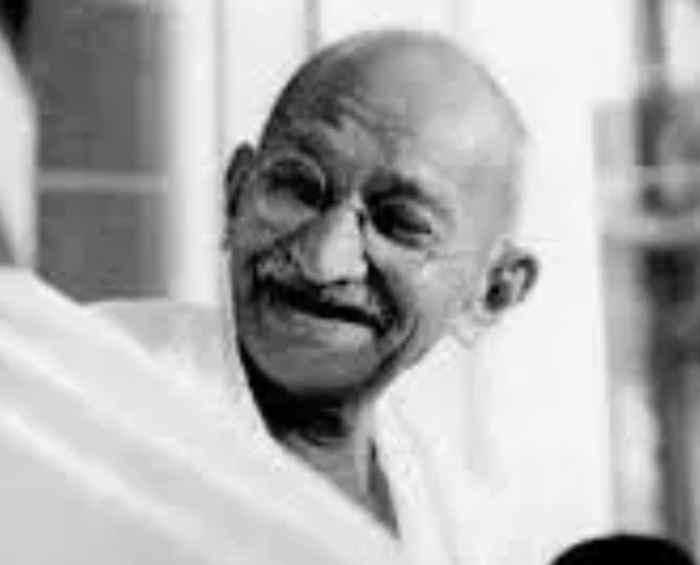The pro verb where there is a will there is a way We can look at Mahatma Gandhi’s success in driving away the British from India.
It shows us how he set his mind to free India and achieved it as well. This serves as a great real life example of where there is a will there is away.
Gandhi led the movement for independence in India by using non-violent civil disobedience. His tactics drove the British from India, but he failed to wipe out ancient Indian religious and caste hatreds. Naturally shy and retiring, Mohandas K. Gandhi was a small, frail man with a high-pitched voice.
Fast unto death” as part of his campaign to achieve equality for this downtrodden caste. Gandhi ended his fast when some progress was made toward this goal, but he never achieved full equality for the Children of God.”
Gandhi also dreamed of a united as well as a free India. But distrust between the two factions led to increasing calls for partitioning India into separate Hindu and Muslim homelands.
Independence and Assassination
During World War II , colonial officials cracked down on a movement calling for the British to “Quit India.” They imprisoned Gandhi and many other Indians until the end of the war. Britain’s prime minister, Winston Churchill, declared, “I have not become the King’s First Minister in order to preside over the liquidation of the British Empire.”
When the British people voted out Churchill’s government in 1945, Indian independence became inevitable. But the problem was how the Hindu majority and Muslim minority would share power in India. Distrust spilled over into violence between the two religious groups as the Muslims demanded a separate part of India for their own nation, which they would call Pakistan.
Disheartened by the religious hatred and violence, Gandhi spoke to both Hindus and Muslims, encouraging peace and forgiveness. He opposed dividing the country into Hindu and Muslim nations, believing in one unified India.
Finally, in May 1947, British, Muslim, and Hindu political leaders reached an agreement for independence that Gandhi did not support. The agreement created a Hindu-dominated India and a Muslim Pakistan. As Independence Day (August 15, 1947) approached, an explosion of Hindu and Muslim looting, rape, and murder erupted throughout the land. Millions of Hindus and Muslims fled their homes, crossing the borders into India or Pakistan.
Gandhi traveled to the areas of violence, trying to calm the people. In January 1948, he announced that he would fast until a reunion of hearts of all communities had been achieved. At age 78, he weakened rapidly. But he did not break his fast until Hindu and Muslim leaders came to him pledging peace.
On January 30, 1948, an assassin shot and killed the Great Soul of India while he was attending a prayer meeting. The assassin was a Hindu who believed Gandhi had sold out to the Muslims.
Sadly, the peace he had brokered between Hindus and Muslims did not last. The ancient hatreds remained. War has erupted between India and Pakistan several times, and the two countries remain hostile to one another to this day.
Who was Mahatma Gandhi? He was a physically small man with a big idea who achieved great things. He worked for the dignity of Indians in South Africa, struggled for Indian independence, and inspired others like Martin Luther King Jr. in the United States to confront injustice with non-violent methods. It is the acid test of non-violence, Gandhi once said, that in a non-violent conflict there is no rancor left behind and, in the end, the enemies are converted into friends.


